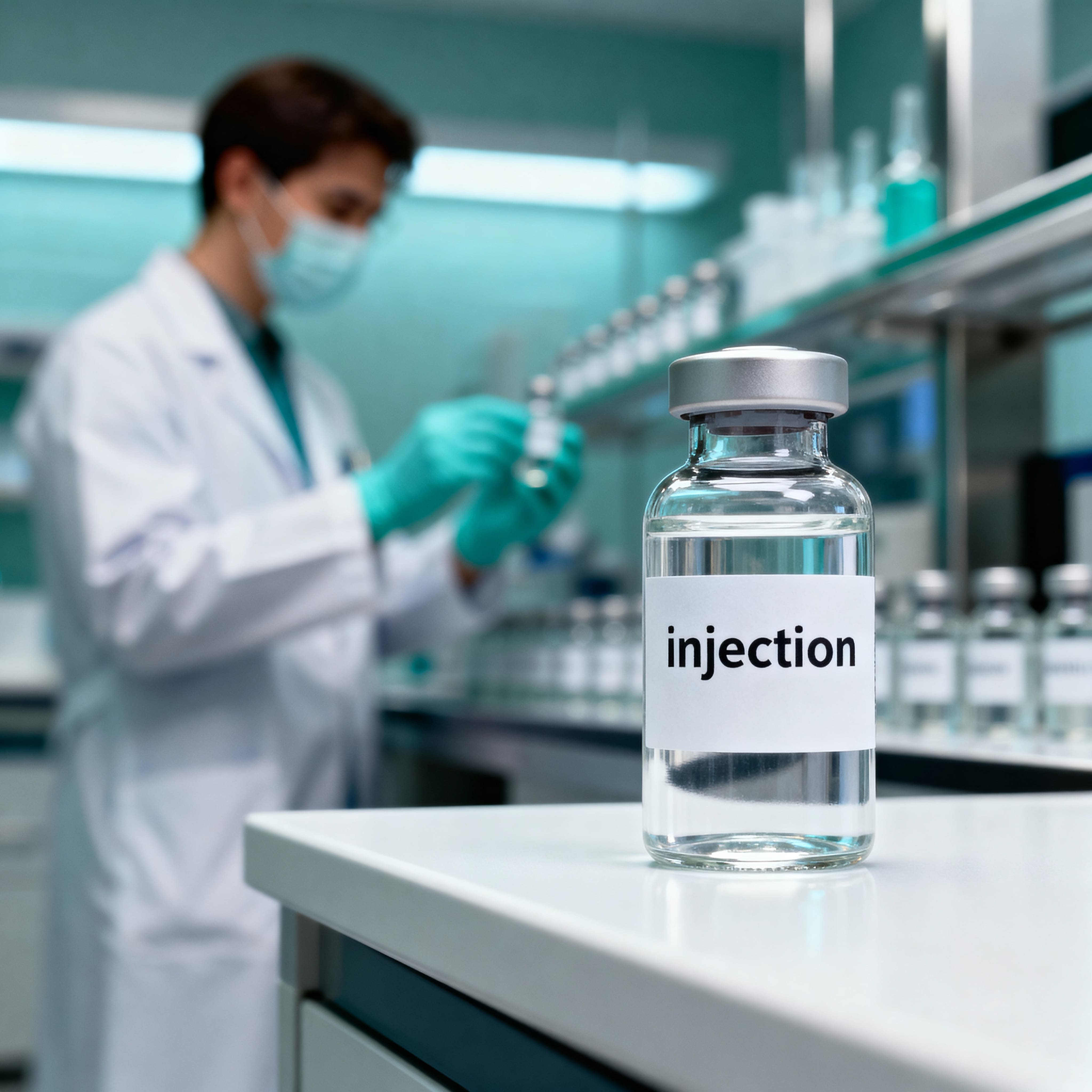Top 10 Ways to Ease Nausea While Taking a GLP-1 Medication
Author
glp winnerDate Published
- Twitter
- Facebook
- LinkedIn
- Instagram
- Copy Link

Starting a GLP-1 like semaglutide or tirzepatide can feel exciting—you’re finally getting some traction with your health goals—but that early nausea? It’s not exactly a welcome sidekick. The good news is that it’s usually temporary, and there are real, doable ways to make it easier. Think small tweaks, not full overhauls.
Here are ten practical, science-backed ways to calm your stomach, stay comfortable, and keep your progress on track.
- Eat smaller, more frequent meals
Large meals can overload your stomach, which for a GLP-1 (glucagon-like peptide-1 receptor agonist) drug means more chance of nausea. Studies show smaller portions spread out help.
- Example: instead of 3 big meals, try 5-6 light meals.
- Stop eating when you feel comfortably full (don’t push for “one more bite”). - Avoid high-fat, greasy, spicy or very sweet foods
These kinds of foods trigger nausea more easily when digestion is slowed (which GLP-1s can do).
- Choose bland, low-fat foods (toast, rice, banana) when you feel queasy.
- Keep a brief food-log to find your triggers (some people are more sensitive to smells or textures). - Hydrate wisely (but not too much at once with meals)
Staying hydrated helps ease nausea; however, gulping large amounts of fluid during a meal may worsen fullness and discomfort.
- Sip water or ginger tea between meals.
- Avoid drinking a lot right when you eat — try 30–60 minutes before or after meals. - Use natural soothing agents — e.g., ginger or peppermint
There’s decent evidence that ginger and peppermint may help settle the stomach.
- Try a ginger tea or a few ginger chews when you feel nausea coming.
- Peppermint tea may help too (check for interactions if you’re on other meds). - Stay upright after eating
Lying down right after eating slows digestion further, which may increase nausea risk when on a GLP-1 (which already slows gastric emptying).
- After meals, aim to stay upright for 20-30 minutes (a gentle walk helps).
- Avoid strenuous exercise immediately after big meals. - “Go low and slow” when initiating or increasing dose
Many nausea issues occur when the dose is increased too quickly or before the body adapts.
- If your prescriber allows, follow the gradual titration schedule.
- Communicate with your provider if nausea is strong — maybe pause dose increase. - Avoid eating on an empty stomach (especially first thing in the morning)
Nausea can hit when the stomach is empty and the GLP-1 effect is strong.
- Have a small bland snack on waking (e.g., crackers or yogurt) before taking your medication or doing much.
- Brush teeth, wash face, then have something light before a big meal. - Identify and avoid your personal triggers
Since GLP-1 medications may amplify sensitivity, foods, smells or settings that you find unpleasant may trigger nausea more strongly now.
- Keep note of when you feel worse (what you ate, how you felt).
- Minimize strong smells (fried food, perfume) if you find they aggravate you. - Use over-the-counter (OTC) anti-nausea remedies (with provider agreement)
If lifestyle changes aren’t enough, mild OTC options may help — but always check with your healthcare provider.
- Examples: small sips of ginger tea, crackers, or OTC bismuth subsalicylate (like Pepto-Bismol).
- Avoid self-medicating before you check in with your provider - there can be interactions even with OTC options or they may have a better option. - Talk to your healthcare provider if nausea is persistent, severe or worsening
Nausea is common with GLP-1 drugs, but if it persists past early weeks, or is accompanied by vomiting, dehydration or inability to eat, it needs evaluation.
The provider might adjust the dose, switch medication, or refer you for GI evaluation (in rare cases, delayed gastric emptying can happen).
Why this matters
Nausea is one of the most frequent side-effects when using GLP-1 medications. If untreated, nausea can lead to reduced food intake, dehydration, and non-adherence to the therapy. The good news: many of these strategies are low-cost, low-risk, and data-supported. Your body just needs a little help adapting.
FAQ
Q: How long will nausea last?
A: Usually nausea peaks in the first 8–12 weeks (especially during dose increases) and tends to reduce over time.
Q: Can I take anti-nausea medication every day?
A: Use OTC remedies occasionally after discussing with your provider. Persistent nausea means you should check in rather than treat it alone.
Q: Is nausea a sign the medication isn’t working?
A: Not necessarily. It may just reflect your body adjusting to the slowed digestion effect of the drug. But persistent nausea isn’t “just part of the ride” — it warrants discussion.
Q: What about lying down after eating?
A: Better to avoid lying flat soon after meals. Staying upright (walking, sitting) supports digestion and reduces nausea risk.
Final word
You’re taking steps — you’ve already accepted that nausea is a possible side-effect, and now you’re working to manage it. With these ten strategies, you’re equipping yourself logically and proactively. If one tactic doesn’t do the trick, combine a few. And always loop in your healthcare provider when things aren’t settling.
If you enjoy posts like these, you can subscribe to receive newsletter updates.
Keep Reading

FDA recalls compounded semaglutide and tirzepatide by ProRx LLC for sterility concerns. See if your vial’s affected and what to do next.

Make the holidays easier for GLP-1 users and their families. Learn how to talk, eat, and connect with kindness — no landmines, just gratitude.

Missed your GLP-1 dose? Learn what happens in your body, how to safely make up or skip a dose, and why it’s important to talk to your provider.
